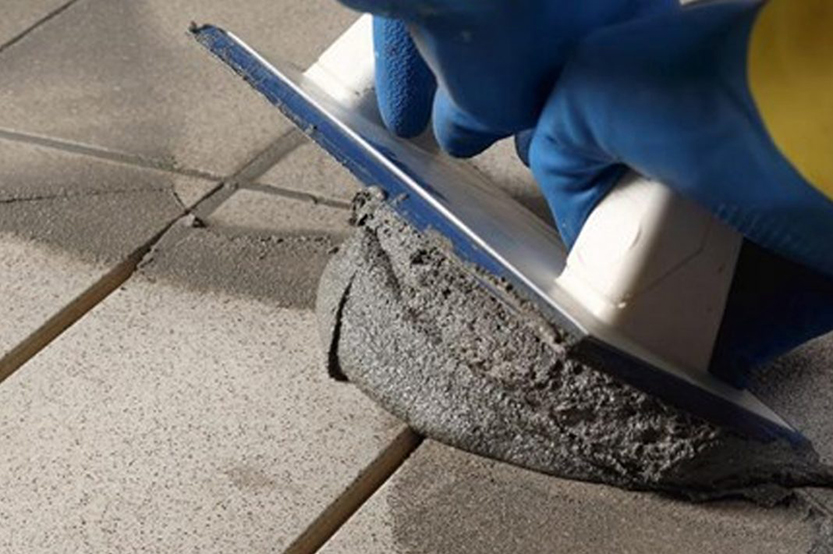
Nov . 13, 2024 13:52 Back to list
hpmc solubility in cold water
Solubility of HPMC in Cold Water An In-Depth Analysis
Hydroxypropyl methylcellulose (HPMC) is a widely used cellulose ether that has garnered attention in various industries, particularly in pharmaceuticals, food, construction, and cosmetic applications. One of the most significant characteristics of HPMC is its solubility behavior in water, specifically cold water, which plays a crucial role in determining its functionality and efficacy in different formulations.
Understanding HPMC
HPMC is synthesized by modifying cellulose through chemical processes that introduce hydroxypropyl and methyl groups. This modification not only enhances the solubility of the polymer but also improves its thermal stability and performance characteristics. HPMC is known for its film-forming abilities, viscosity characteristics, and water retention properties, making it an invaluable ingredient in numerous applications.
Solubility Characteristics of HPMC
The solubility of HPMC is influenced by several factors including the degree of substitution (DS), molecular weight, and temperature of the solvent. Generally, HPMC exhibits high solubility in cold water, enabling it to form a viscous solution without the need for heating. This is particularly advantageous in formulations that are temperature-sensitive or require mild processing conditions.
In cold water, HPMC undergoes a process known as gelation or swelling, where the polymer chains expand and entangle to form a colloidal solution. The degree of viscosity and gel strength can be manipulated by adjusting the concentration of HPMC in water. Higher concentrations yield more viscous solutions, while lower concentrations result in less viscous solutions. The solubility of HPMC in cold water makes it an effective thickening agent, providing a desirable texture in various applications.
Applications of HPMC Due to Its Solubility
hpmc solubility in cold water

1. Pharmaceuticals In the pharmaceutical industry, HPMC is utilized as a binder and film-coating agent in tablets and capsules. Its solubility in cold water allows for the controlled release of active pharmaceutical ingredients (APIs), enhancing bioavailability. HPMC's ability to form hydrogels also plays a critical role in drug delivery systems, where it can maintain moisture and protect sensitive compounds from degradation.
2. Food Industry HPMC is often employed as a food additive due to its emulsifying, thickening, and stabilizing properties. It is commonly used in gluten-free products to improve texture and moisture retention. Its solubility in cold water allows for easy incorporation into food formulations without the need for heating, preserving the integrity of sensitive ingredients.
3. Construction In the construction industry, HPMC is used in mortars, plasters, and adhesives. Its ability to retain water enhances the workability and adhesion of construction materials. In cold water, HPMC helps to create a smooth, workable paste that can be easily applied to surfaces.
4. Cosmetics and Personal Care HPMC is included in various cosmetic formulations, including creams and lotions, due to its excellent film-forming and thickening properties. Its solubility in cold water allows formulators to create stable emulsions that provide a pleasant texture and skin feel.
Conclusion
The solubility of hydroxypropyl methylcellulose in cold water is a key property that significantly influences its versatility and functionality across multiple industries. From pharmaceuticals to food and construction, HPMC's ability to dissolve and form viscous solutions under mild conditions opens up numerous possibilities for innovative product formulations. Its performance characteristics can be tailored by adjusting the degree of substitution and molecular weight, offering formulators a range of options to meet specific application requirements.
As industries continue to innovate and develop new products, understanding the solubility behavior of HPMC in cold water will remain essential. Ongoing research and development in this area will likely yield even more applications and improvements in the use of HPMC, further establishing it as a critical component in diverse fields.
-
Versatile Hpmc Uses in Different Industries
NewsJun.19,2025
-
Redispersible Powder's Role in Enhancing Durability of Construction Products
NewsJun.19,2025
-
Hydroxyethyl Cellulose Applications Driving Green Industrial Processes
NewsJun.19,2025
-
Exploring Different Redispersible Polymer Powder
NewsJun.19,2025
-
Choosing the Right Mortar Bonding Agent
NewsJun.19,2025
-
Applications and Significance of China Hpmc in Modern Industries
NewsJun.19,2025







